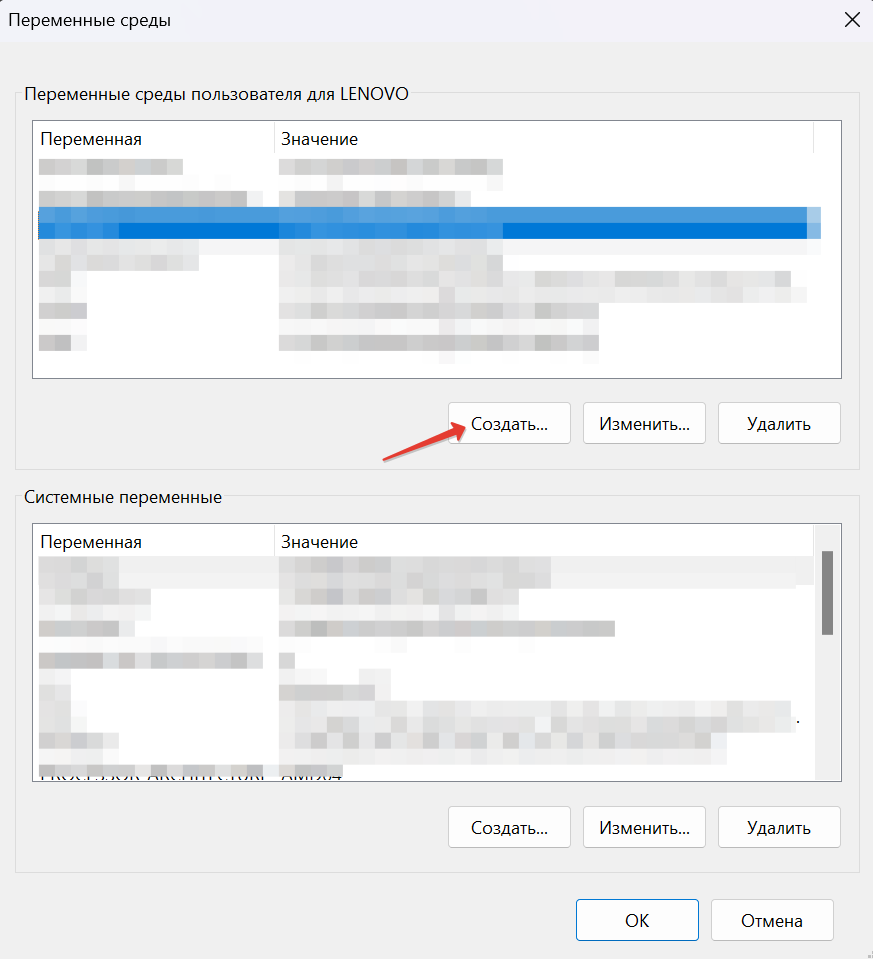Configuring Python for course development
Providing PYTHONPATH on Windows
To set PYTHONPATH on a windows machine follow the below steps:
Open the Windows search bar and type
python.exe(do not press Enter). Then right-click on thepython.exethat appears in the menu and select Open file location.Copy all path to
python.exe.Then right-click This PC and select Properties. Сlick on the Advanced system settings option. In the next window, select the Advanced tab and select Environment Variables.

In the User Variables menu, find a variable named Path. Then paste the path you copied earlier into the Variable Value option.
If you cannot find variable Path, create one. To do this, click New. Then in the variable name form type
PYTHONPATHand paste your Python path into the variable value field.
Go back to the
python.exefolder and open the Scripts folder. Copy its path.Go back to Environment variables. Type a semicolon after the path to
python.exeand paste the path to the Scripts folder. Click OK.
To see if Python is added to the Windows PATH, open a terminal and type
python --version, then press Enter. If it returns the currently
installed version of Python, then you have successfully added it to the
Windows PATH.
Setting up a virtualenv
Instructions for macOS users:
python3 -m pip install --user virtualenv
python3 -m virtualenv -p which python3 venv
source venv/bin/activate
python -m pip install -r requirements.txt
Instructions for Windows users:
python -m venv venv
venv\Scripts\activate
python -m pip install -r requirements.txt
Spell checking
Install dependencies spell checker. For example, for macOS:
brew install aspell
Install Python dependencies:
python -m pip install -r requirements_qa.txt
Run checks:
python -m pyspelling -c config/spellcheck/.spellcheck.yaml